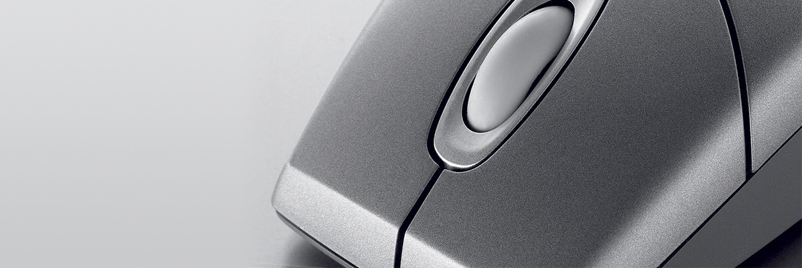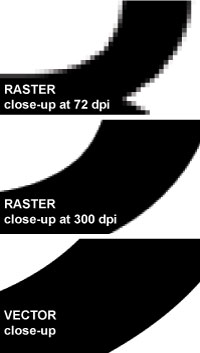
Visit our Blog and Subscribe!
As a wholesale supplier, we understand that our customers prefer to market our products with their own brand. To do so is simple:

Whether you're working on designing a file, or simply trying to send your files to us, we're here to help.
We accept a wide variety of file formats for your artwork. High resolution PDF files (with correct separations) are preferred.
![]()
• High Resolution PDF Files with Correct Separations (Preferred)
• Adobe InDesign
• Adobe Illustrator
• Adobe PhotoShop
![]()
• 650MB CD-R
• 700MB CD-R
• 4.7GB DVD±R
• 8.5GB DVD±R DL (dual layer)
![]()
• CD/RW (rewritable CD)
• DVD±RW (rewriteable DVD)
• Floppy Disks
• ZIP Disks
FTP
You can upload your files directly to our prepress department by visiting http://portal.wsec.com/upload/. Please make sure to note which Customer Service Representative the files should go to.
Email
You can send your artwork via email to customer.service@wsel.com. If you’re attaching your files, please be sure they are under 10mb. If your files are over 10mb, please use one of the other options.
USB/Thumbdrive or CD/DVD
You can submit your artwork on a USB/Thumbdrive or CD/DVD by sending it to our corporate headquarters. Please place it to the ATTN of Prepress or your customer service rep:
Western States Envelope & Label
4480 N. 132nd St.
Butler, WI 53007
When sending and creating artwork, it’s important to know the difference between raster and vector art. When possible, vector art is preferred, as it will give you the best possible image quality. When raster art is used, such as in photos, ensuring it is sent at 300dpi will give you the best possible outcome. Not sure how to tell the difference? Here’s a breakdown:
Vector Art

When possible, copy should be supplied as vectorized art (curves) and/or editable text so that resolution is not an issue. Vectorized Line Art is art created in a drawing program such as Adobe Illustrator. Line art consists of shapes and lines that can easily be manipulated by grabbing points (nodes or anchor points) and adjusting them (see the selected star shape in illus. A & B). Colors can be applied or an outline can be added easily to vector art. Line thicknesses can be increased easily and the resolution is always good no matter what size the art prints at. Trapping and text editing can also be done with ease. In the example below, the background image is the only item supplied as a raster image, the remaining copy is vectorized art or editable text.
Raster Art
A raster based application is one in which the art is composed of a "mesh" of squares called pixels. Each pixel is made up of a certain number of colors. These are referred to as channels. The resolution of a raster image is determined by the number of pixels within one inch (communicated as "pixels per inch" - ppi). There are several ways to describe files that are set up with a certain number of channels or resolutions, and this is what makes communication of digital artwork very confusing. Raster art is typically created with programs such as Adobe Photoshop.